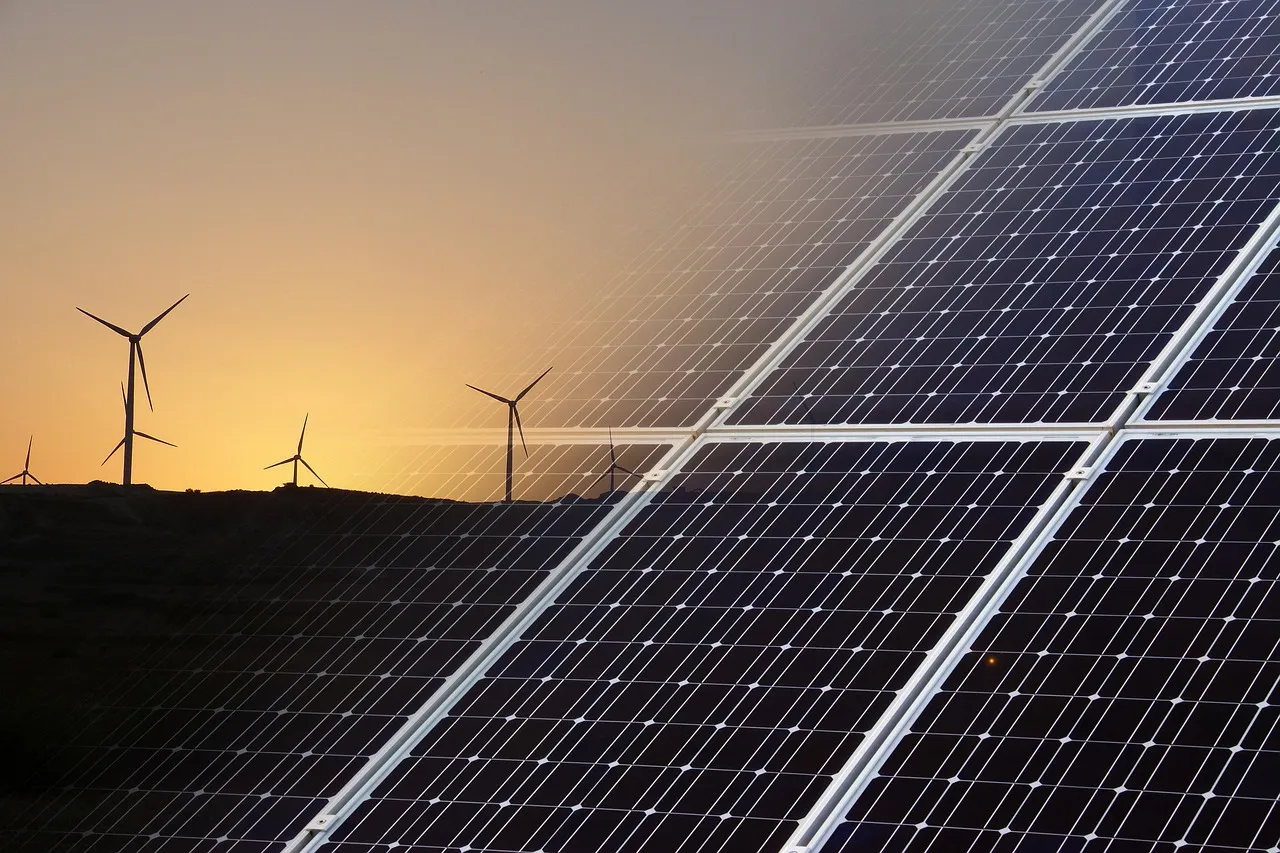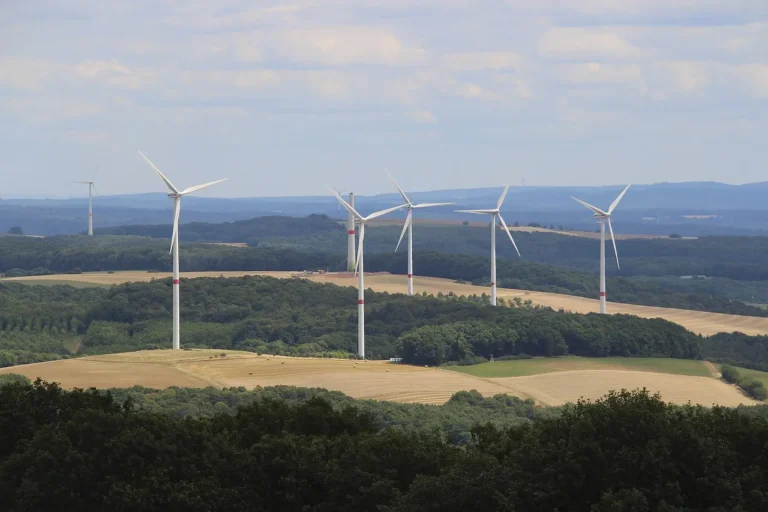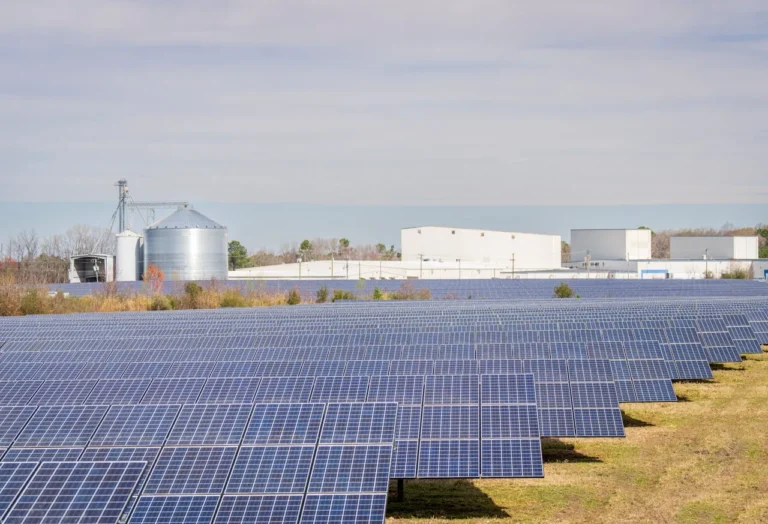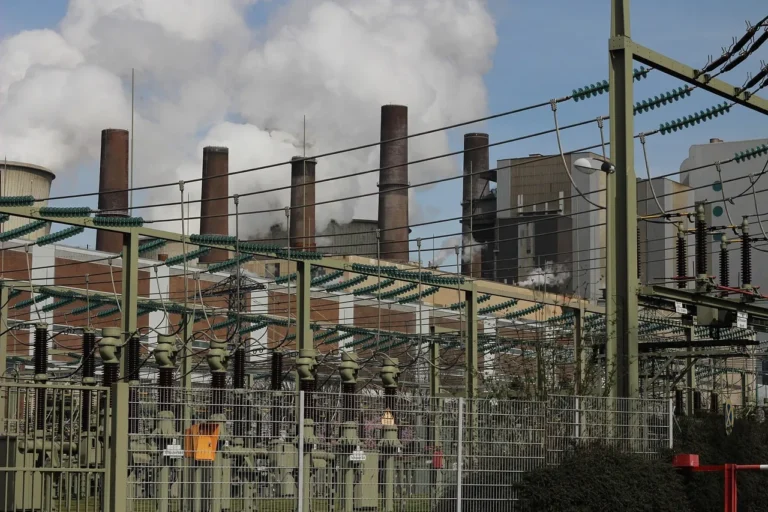
ComEd Launches Comprehensive Long-Range Strategy to Prepare Illinois for a Clean, Reliable, and Affordable Energy Future
ComEd has unveiled its new Long-Range Strategy (LRS), a comprehensive roadmap designed to guide northern Illinois through the next several decades of rapidly evolving energy needs. This strategy lays out how the utility plans to strengthen the resilience of the power grid, maintain affordability for customers, support the state’s aggressive clean energy targets, and prepare for major new sources of electricity demand—from artificial intelligence and data centers to widespread electrification of transportation and industry.
With more than nine million people relying on ComEd’s service territory, which spans rural communities, major urban centers, and diverse suburban regions, the LRS will serve as a critical framework for future infrastructure investments. It reflects the complex, changing dynamics of the energy landscape and sets forth the core priorities that will shape ComEd’s role in enabling Illinois’ economic and environmental goals.
A Strategy for a Transforming Energy Landscape
ComEd President and CEO Gil Quiniones emphasized the significance of launching the LRS at this moment. “Illinois is at the forefront of a national transformation in energy,” Quiniones said. “The same grid that powered homes and businesses through the last century must now support data centers, electric vehicles, and advanced manufacturing, while keeping energy affordable and reliable for our customers. ComEd’s Long-Range Strategy is our roadmap to build a smarter, more flexible and equitable grid that will meet the evolving needs of our customers today and for years to come.”
The dramatic shift underway in the energy sector is driven by several emerging trends. Rapid adoption of electric vehicles, increasing reliance on digital infrastructure, the expansion of advanced manufacturing facilities, extreme weather events, and global supply chain constraints are placing unprecedented pressure on electric systems. These forces require utilities to respond with forward-looking strategies that accelerate modernization while still ensuring cost-effective service for customers.
The LRS is specifically designed to address these challenges. It outlines the investments and innovations needed to continue providing industry-leading reliability while expanding grid capacity for renewables, electrification, and new industrial loads. The strategy also prioritizes equity—for both consumers and communities—ensuring that the benefits of the clean energy transition are distributed broadly across the region.
Three Pillars of the Long-Range Strategy: People, Power, and Progress
At the heart of the LRS are three core priorities that will shape ComEd’s grid modernization efforts for years to come.
1. People: Empowering Communities and Customers
One of the strategy’s central goals is to put customers at the forefront of the clean energy transition. ComEd aims to expand the use of smart technologies—such as advanced metering, digital sensors, and real-time energy management tools—to help customers reduce energy consumption and control costs. These technologies will play a major role in lowering peak electricity demand and enabling greater energy efficiency across residential, commercial, and industrial sectors.
ComEd’s consumer-focused initiatives will also continue to support community resilience programs, energy assistance services, and access to clean energy solutions. By ensuring customers have the tools, knowledge, and support needed to make informed energy decisions, ComEd hopes to empower households and businesses to take advantage of savings opportunities and contribute to long-term sustainability goals.
2. Power: Securing an Efficient and Durable Grid
The reliability and strength of the power grid are foundational to Illinois’ energy ambitions. The LRS outlines major infrastructure upgrades aimed at boosting resilience, increasing grid flexibility, and accommodating the dramatic growth in renewable energy generation.
ComEd’s plans include deploying more automated devices and sensors to reduce outages, enhancing cyber and physical security measures, investing in advanced distribution system technologies, and preparing the grid to handle higher levels of distributed energy resources such as rooftop solar, community solar, battery storage, and microgrids.
These investments build on ComEd’s strong reliability performance to date. Since 2012, ComEd has improved grid reliability by 57%, preventing an estimated 24.7 million customer outages and saving approximately $4.3 billion in associated costs. These improvements have helped the company rank among the most reliable utilities in the nation and have laid the groundwork for the next wave of modernization.
3. Progress: Advancing Illinois’ Clean Energy and Economic Development Goals
Illinois has set ambitious climate and economic targets, particularly under the Climate and Equitable Jobs Act (CEJA) and the recently enacted Clean and Reliable Grid Affordability Act (CRGAA). The LRS is aligned with these policies and is designed to support ongoing efforts to build a carbon-free power sector while encouraging job growth and business investment across the state.
ComEd plans to continue supporting electrification initiatives, distributed energy interconnections, and projects that attract major industries—such as data centers and clean manufacturing facilities—to the region. The utility’s economic development programs aim to create new opportunities for communities, support workforce development, and establish northern Illinois as a competitive and attractive hub for clean energy-driven growth.
Aligning With State Policy and Guiding Future Investments
The Long-Range Strategy will serve as a guiding blueprint for ComEd’s second multi-year grid plan, which is scheduled to be submitted to the Illinois Commerce Commission (ICC) in January 2026. This regulatory filing will outline the specific investments needed to maintain affordability, enhance reliability, and ensure equitable access to clean energy resources across northern Illinois.
By aligning the LRS with state policy frameworks such as CEJA and CRGAA, ComEd is ensuring that its investment plans reinforce statewide goals for emissions reduction, job creation, and economic inclusion.
Building on a Record of Progress
ComEd enters this next planning phase with strong momentum:
- Reliability: 57% improvement since 2012, preventing 24.7 million outages.
- Energy Efficiency: Nearly $5 billion saved by business customers since 2008 through ComEd energy efficiency programs.
- Renewable Integration: More than 1 gigawatt of distributed generation—largely solar—has been connected to ComEd’s grid.
- Workforce Development: More than 2,100 Illinois residents have completed ComEd’s clean energy workforce training programs.
These achievements demonstrate ComEd’s ability to deliver tangible benefits to customers while preparing the region for the clean energy systems of the future.
Source Link: https://www.businesswire.com/











